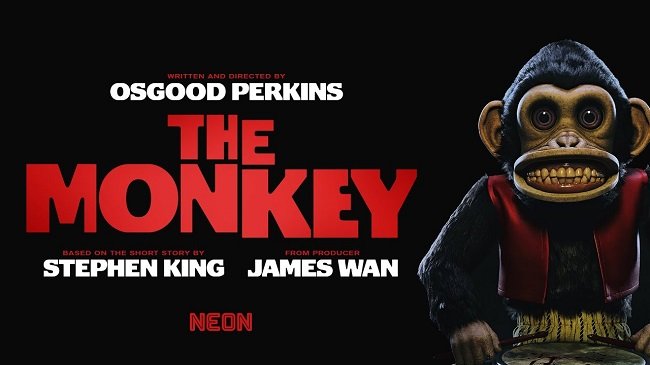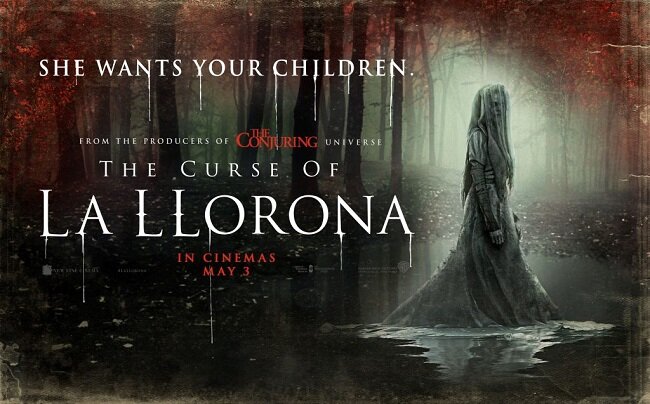I Walked With a Zombie (1943)
Until today, I have never seen the iconic horror movie, I walked With a Zombie. Some classic titles just seem to fall through your “movie net”, as it were. However, BBC iPlayer has a selection of RKO films available to watch for free (sadly, only for UK viewers), so as I had a convenient gap in my schedule, I finally caught up with this seminal title today. As expected it was visually an utter delight. Other aspects of the movie are more subtle and require some reflection to determine their virtue. The lurid title, doesn’t in any way do the film justice and was forced upon the production by studio executives. Essentially this is a romantic drama fused with the supernatural and set in an exotic location. The Caribbean setting and culture along with the voodoo element add an undercurrent of sexual tension to the central love, cleverly augmenting what is essentially a gothic tale by placing it in an alien setting.
Betsy Connell (Frances Dee), a young Canadian nurse travels to an island in the West Indies to care for Jessica Holland (Christine Gordon), the wife of plantation manager Paul Holland (Tom Conway). Jessica has been diagnosed by Dr Maxwell (James Bell) as suffering from a form of mental paralysis as a result of tropical fever. Betsy finds Paul Holland aloof and dour, yet strangely compelling. Wesley Rand (James Ellison), the plantation overseer and Paul’s half brother implies that Jessica’s condition is due to something Paul has done. Mrs Rand (Edith Barrett), mother to both sons, befriends Jessica. She runs the local pharmacy and has a deep understanding of local customs. Betsy suspects she may well know more than she says regarding the enmity between Wesley and Paul and the reason for Jessica’s condition. Eventually Betsy realises that modern medicine cannot provide a solution to Jessica’s malady and begins to suspect that the island’s voodoo heritage may provide an answer.
I walked With a Zombie was the second collaboration between producer Val Lewton and director Jaques Tourneur. The high concept of transposing the plot of Charlotte Brontë’s Jane Eyre to the West Indies and juxtaposing the traditional love triangle (or in this case more of a love square) with the more sensational and salacious aspects of voodoo works very well. The traditional gothic beats played out against prophetic calypso songs and pagan customs add to the atmosphere and create a subtly different supernatural experience compared to traditional Hollywood fare of the time. Director of cinematography J. Roy Hunt uses light and shade to great effect. Traditional european architecture and graveyards are replaced by heavily backlit sugar cane fields and colonial plantation houses steeped in shadows. It is a remarkably eerie environment. The highlight of the film being Betsy and Jessica’s night time journey through the canefields, as they pass voodoo talismans and animal offerings, eventually ending in their iconic meeting with the towering somnambulist Carre-Four.
Jacques Tourneur's direction creates a palpable sense of fear and the film uses its 69 minute running time most efficiently. The film does not feel the need to explain all aspects of the island’s culture and its voodoo rituals. It provides just enough details to allow a degree of ambiguity to remain. Nor does the script shy away from the iniquities of slavery and it’s lasting effect on the population. There is also an element of religious symbolism with a ship's figurehead that is fashioned to represent Saint Sabastian. Performances are acceptable, although the gender roles and period attitudes may seem “dated” to modern viewers. The film reaches a suitably melodramatic climax which concludes the story in the only credible fashion possible. However, the film uses narration from the perspective of Betsy Connell to frame the story and the closing codicil suddenly introduces a degree of previously absent moral judgment. I found this a little incongruous.
After watching I walked With a Zombie, it is clear where many of the tropes and mainstays of the horror genre come from. The movie doesn’t really offer a zombie in the modern sense, preferring to let the viewer decide if Jessica Holland is the victim of a bona fide medical condition, whether she’s been drugged and left virtually catatonic by esoteric native drugs, or if she has been truly cursed through the use of voodoo. The imperfections and character flaws of the two half brothers and their respective love for Jessica, is presented surprisingly even handedly. The moral sentiments that are espoused at the story’s climax strike me as an afterthought, forced upon the studio by the moral lobbyists of the time. Oddly, this is just another aspect of the film that makes it fascinating. If watched superficially, I walked With a Zombie offers a ghoulish love story with a supernatural subtext. But if one pays attention to detail there is a great deal of social commentary and existential angst to be found. Things seldom touched upon by contemporary horror movies.




























